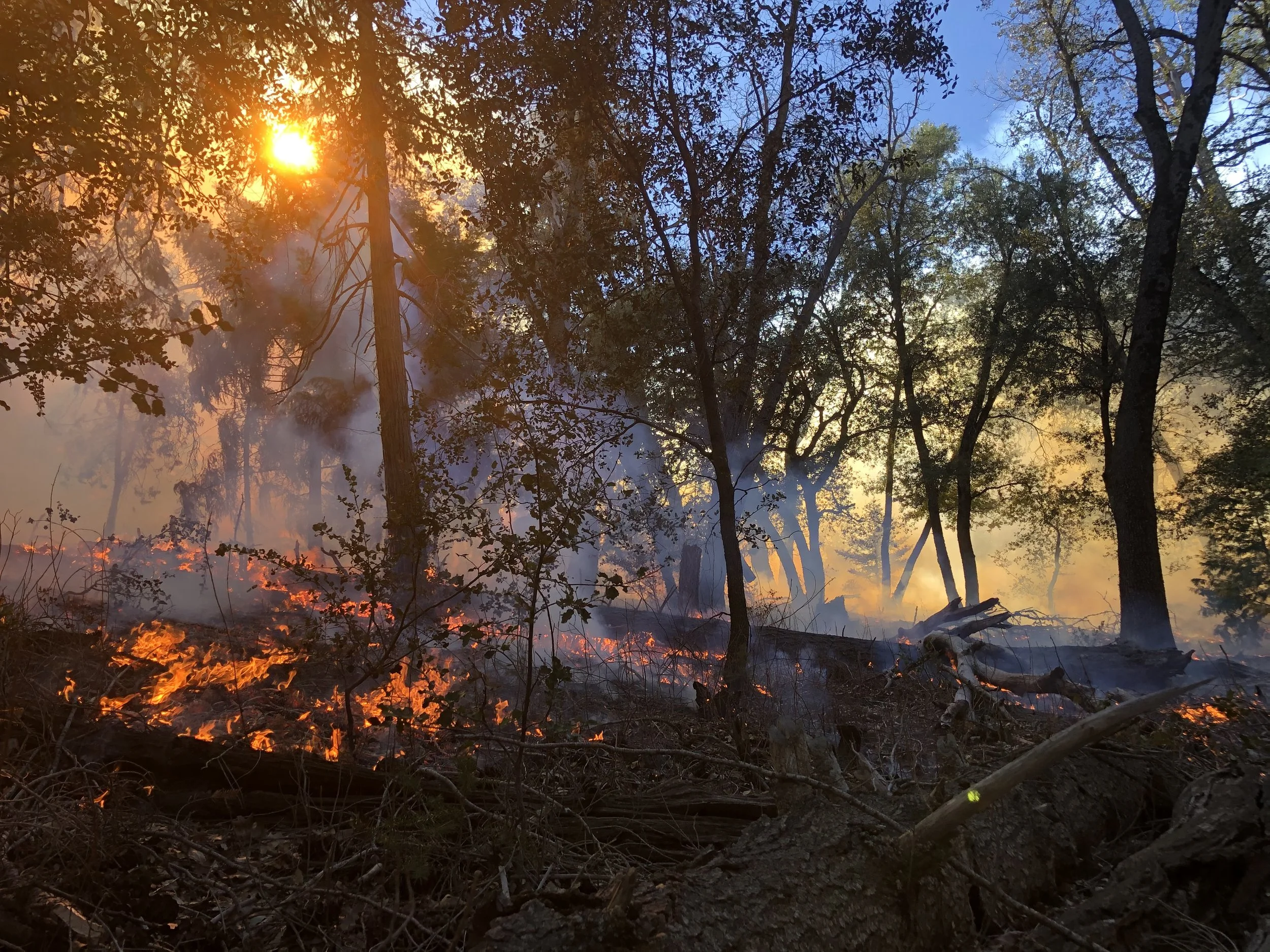Historical Review and Framework for Managed Fire Decision Making: Research Brief
/A new paper published in September in the journal Fire sheds light into the inherent socio-political complexities surrounding the managed fire decision making process. In the paper, the authors conduct an extensive review of the historical literature that pertains to managed fire decision making, described the range of factors managers consider in their decision, and present a conceptual framework of how decision factors fit together.
Read More




